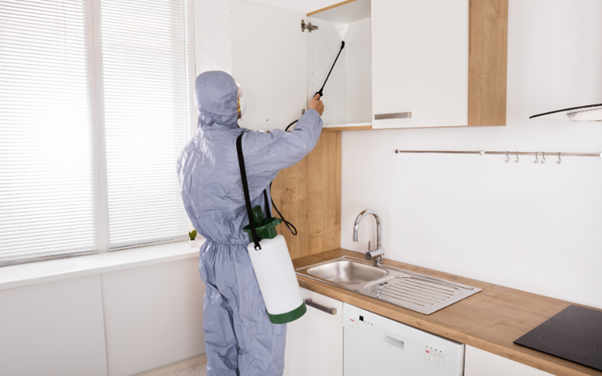In Singapore, where the warm, humid weather makes a variety of pests thrive, pest control is a crucial service. While the majority of people recognise how important it is to keep pests out of their homes and places of business, few are aware of the intricate procedures Singapore’s pest control firms go through to guarantee a safe and effective treatment. This post takes you behind the scenes to show you what occurs during pest control treatments and explains the significance of these actions.
The Initial Inspection: Understanding the Problem
The first step in any pest control in Singapore is the initial inspection. This stage is critical as it allows pest control professionals to assess the extent of the infestation, identify the types of pests present, and understand the environmental factors contributing to the problem. During the inspection, the experts look for signs of pest activity, such as droppings, nests, or structural damage. They also consider the layout of the property, the surrounding environment, and any potential entry points that pests might use.
This thorough examination is essential because it helps in developing a targeted treatment plan. Without a proper understanding of the problem, any attempts to get rid of pests could be ineffective or even counterproductive. For instance, applying general insecticides without knowing the specific type of pest could harm beneficial insects or leave the actual pests unaffected.
Tailoring the Treatment Plan: A Strategic Approach
After the inspection, the pest control company in Singapore will create a customised treatment plan. This plan is designed based on the findings from the inspection and considers factors such as the severity of the infestation, the type of pests involved, and the property’s unique characteristics. The treatment plan typically involves a combination of chemical and non-chemical methods, including baiting, trapping, and the use of insecticides or rodenticides.
The importance of a tailored treatment plan cannot be overstated. Generic treatments may not address the specific needs of a particular infestation, leading to ineffective results. By tailoring the approach, pest control professionals can target the pests more precisely, reduce the use of harmful chemicals, and ensure that the treatment is as efficient and safe as possible. This strategic approach is particularly important in a densely populated area like Singapore, where the safety of residents and the environment must be prioritised.
Application of Treatments: Precision and Care
Once the treatment plan is in place, the next step is the actual application of the pest control measures. This process requires precision and care, as improper application can lead to ineffective treatment or unintended consequences, such as the spread of pests to other areas or harm to non-target species. The professionals use specialised equipment and techniques to apply the treatments most effectively.
Monitoring and Follow-Up: Ensuring Long-Term Success
Pest control doesn’t end with the initial treatment. Monitoring and follow-up are essential components of a successful pest control strategy. After the treatments are applied, the pest control team will regularly check the property to assess the effectiveness of the intervention and make any necessary adjustments. This could involve resetting traps, reapplying treatments, or modifying the treatment plan based on new observations, especially when addressing specific concerns like how to get rid of flies.
Preventative Measures: Keeping Pests at Bay
The final stage of the pest control process involves implementing preventative measures to reduce the likelihood of future infestations. This could include sealing entry points, removing potential food and water sources, and advising on changes to the property’s maintenance routine. Pest control experts may also recommend ongoing maintenance treatments, especially in areas prone to recurrent infestations. Preventative measures are crucial because they address the root causes of pest problems rather than just the symptoms.
Conclusion
Understanding the behind-the-scenes work of pest control in Singapore reveals the complexity and importance of the process. From the initial inspection to the implementation of preventative measures, each step is carefully designed to ensure effective, safe, and long-lasting results. By choosing a professional pest control company that follows these practices, you can be confident that your pest problems will be addressed thoroughly and responsibly.
For more information about pest control solutions, contact Rentokil Singapore today.

